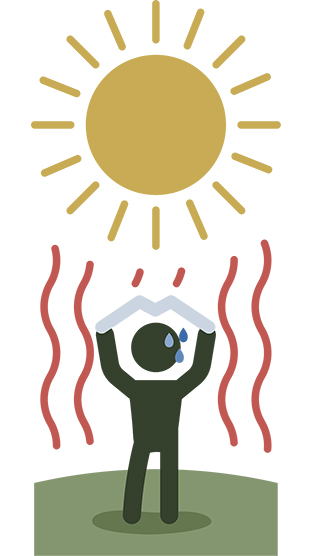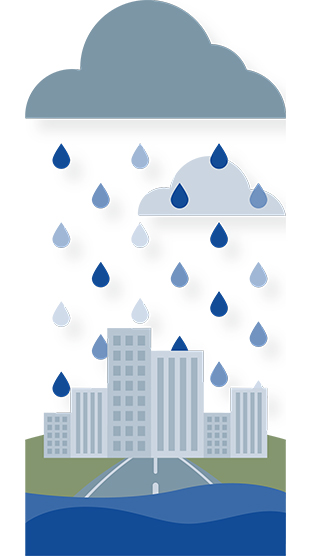Climate change is the change in average weather conditions – such as temperature and rainfall – in a region over a long period of time. Our climate varies naturally over long periods of time; however, human-caused climate change has accelerated the rate of change we are seeing today. As carbon dioxide and other greenhouse gas emissions build up in our atmosphere, changes in our climate will become more frequent and severe – which we are already seeing in New Brunswick. In order to understand climate change, we need to know the differences between weather, climate, and climate change.
Weather is the rain, snow, heat and cold we experience day-to-day.
Climate is a long-term pattern of weather in a particular area.
Climate change refers to gradual changes to long-term weather patterns (rain, snow, heat, cold and sea levels).
Carbon and other greenhouse gases are stored all over the planet. Human activities, such as burning fossil fuels, is releasing large amounts of greenhouse gases into the atmosphere.
The increased amount of greenhouse gases builds up in our atmosphere and traps more heat than normal – like a layer of insulation, or a blanket. This results in the overall warming of the earth and changes to weather patterns and extremes.
For the latest information on New Brunswick’s greenhouse gas emissions check out the GHG Emissions Dashboard .
The province is already experiencing the impacts of climate change and it will get worse.



